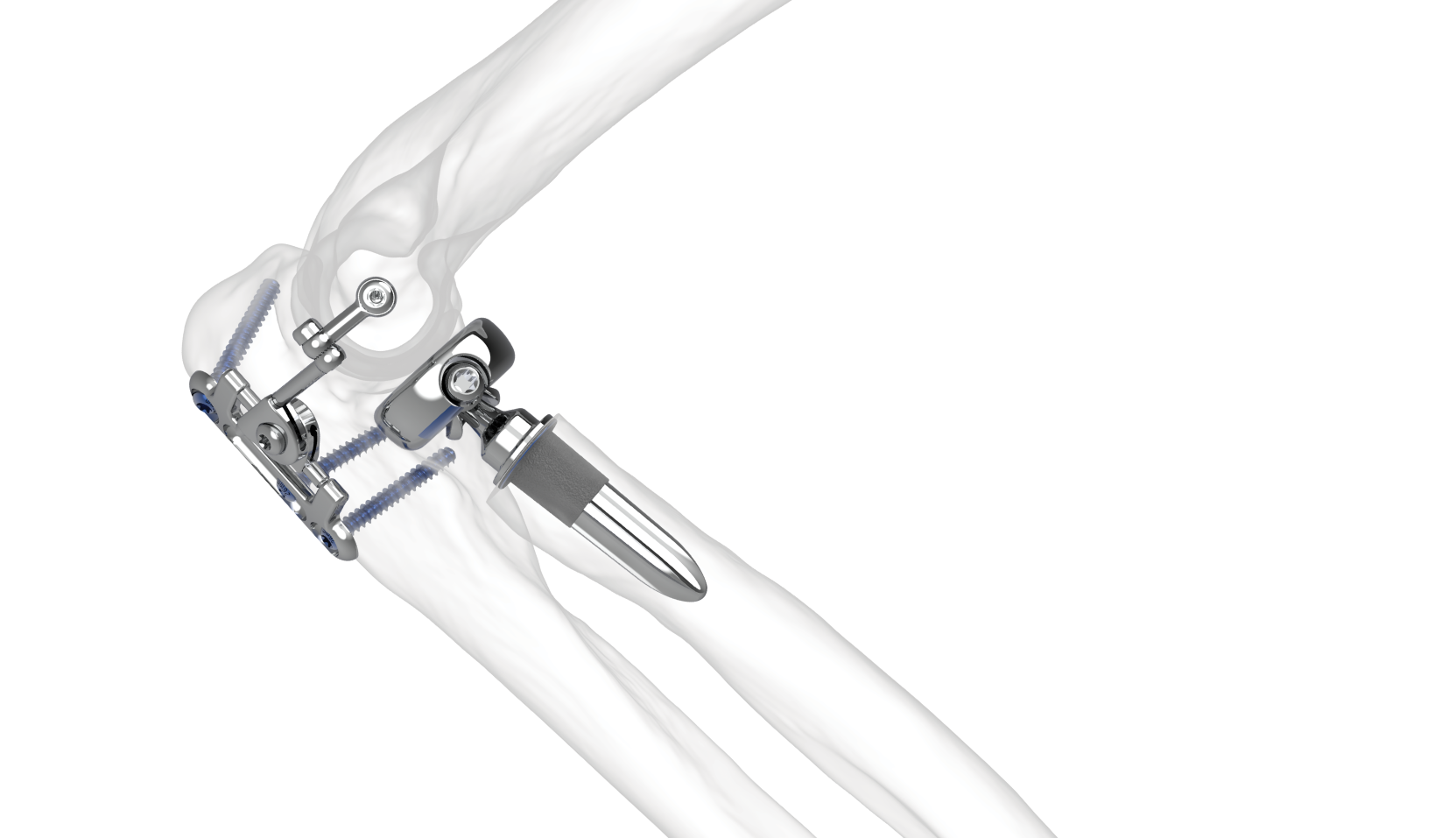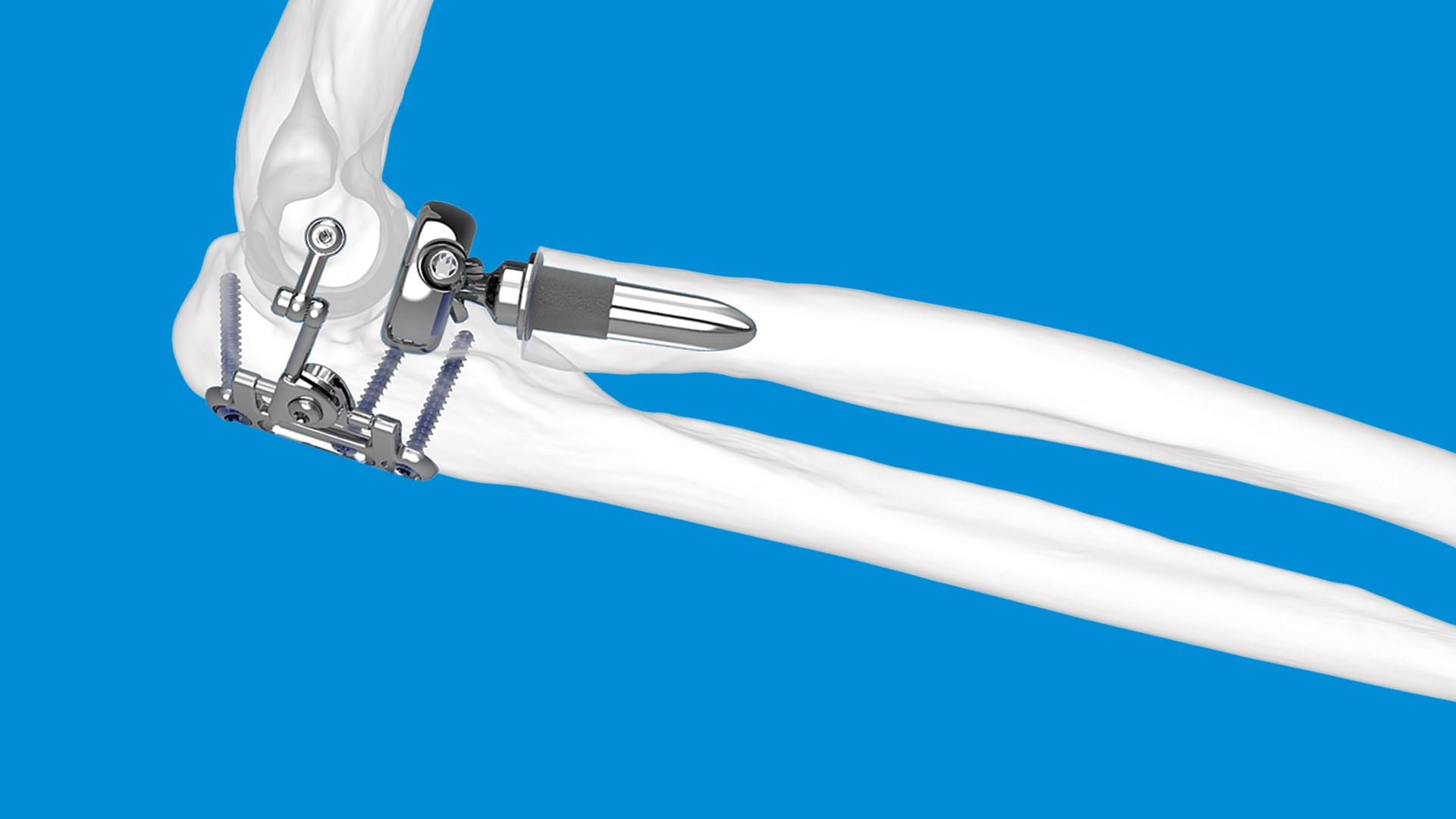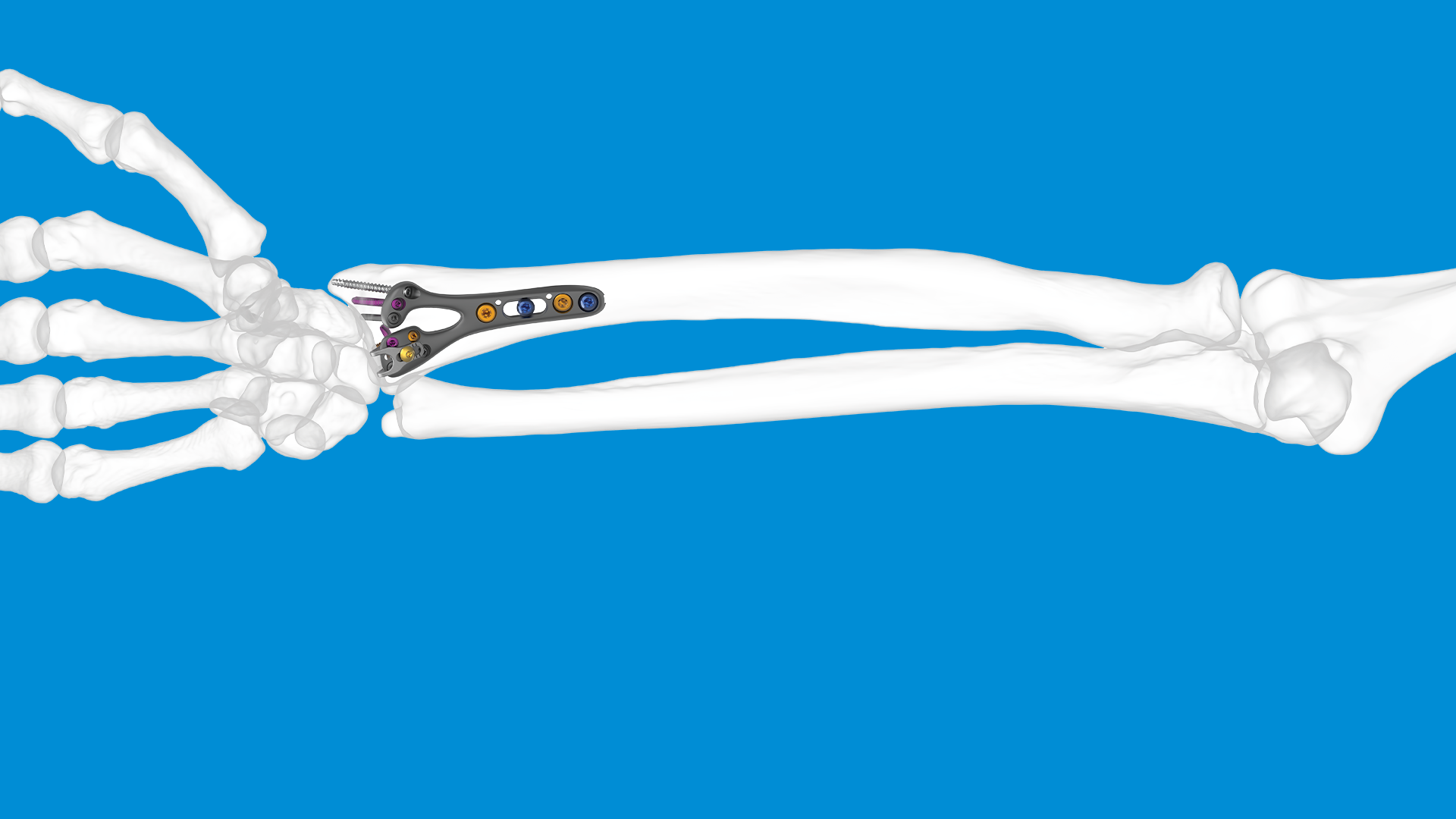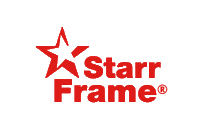LEDA Ortho
Established in October 2013, LEDA Orthopaedics began life as a sales agency and quickly grew into a UK and European distributor with innovative suppliers from all over the world. Founding directors David Plane and Jon Bloy have over 30 years’ collective experience in the orthopaedic industry and a passion for the sector that shines through in their commitment to the business to this day. Read More…
We cover the UK and Ireland for:
Latest News

Thumb replacement: A lifechanging procedure
The thumb plays an essential role in hand function and when it is injured or damaged, its absence can significantly impact a person’s ability to live their normal life and complete everyday tasks. Thumb replacement can offer patients lifechanging improvements to their hand function and symptoms they were experiencing in relation to their thumb. In this article we’ll be explaining what a thumb replacement is and how it is beneficial for patients.
What is thumb replacement surgery?
Thumb replacement or thumb joint replacement is a procedure that is commonly carried out in cases where the patient is suffering with severe arthritis or osteoarthritis. This type of surgery involves removing the arthritic joint at the base of the thumb and then replacing it with an artificial joint.
Early implants for thumb replacements were made of silicone, but as technology has progressed implants have evolved and improved. They are now made using metal such as nickel or titanium or pyrocarbon with cushioning synthetic spacers that sit between the bones.
When is thumb replacement needed?
This procedure is typically performed to ease symptoms of severe pain at the bottom of the thumb and offer better mobility in the joint. Patients are often encouraged to try other forms of treatment before surgery such as painkillers, splints, steroid injections, and activity modifications to ease their symptoms. However, in serious cases where quality of life is being affected, individuals can seek thumb replacement surgery.
Metal joint replacements are a favourable choice for older patients with arthritic symptoms and the operation is minimally intrusive. Therefore, they will probably experience faster healing and rehabilitation periods. Certain implants can be inserted without the need to remove the trapezium (a bone located at the thumb’s base), thereby preserving healthy tissue. This could enhance strength and offer alternatives for future procedures if necessary. For a CMC joint replacement to be considered, the adjacent joint must be free of arthritis and in good health, and the trapezium should be sufficiently large to accommodate the replacement.
What are the benefits of a thumb replacement?
There are several reasons why a thumb replacement would be considered as a lifechanging procedure. The main benefits of the procedure are:
Restored functionality
The thumb is essential for various types of hand function such as grasping, pinching, and manipulating objects. A successful thumb replacement can restore some of these key movements, allowing the individual to regain more independence in their daily activities.
Better dexterity
The opposable thumb is a unique human feature that enables us to be able to carry out intricate tasks. Thumb joint replacement aims to restore as much opposable function in the thumb as possible. As a result, patients will be able to better perform tasks that need precision and dexterity including writing and typing.
Improved quality of life
Pain in the thumb caused by arthritis damage or an injury can have a substantial effect on a person’s quality of life. A thumb replacement can be transformative in terms of pain relief and improving quality of life for those who have felt limited by their symptoms.
MAIA CMCJ replacement
The MAIA CMCJ replacement created by Groupe Lepine is designed for the surgical treatment of basal thumb osteoarthritis. It has many impressive features that make it a useful prosthesis for surgeons completing thumb replacement procedures. These features include:
- Dual mobility that ensures stability and reduces the risk of dislocation.
- Hemispherical trapezium cup available in 8mm, 9mm, and 10mm options with 4 pins for core stability.
- Modern, cannulated instrumentation for accurate implantation.
- Implants have a dual coating of porous titanium and hydroxyapatite for uncemented fixation.
- Titanium necks available for nickel-sensitive patients.
For more information about the MAIA CMCJ replacement contact our specialist team of orthopaedic distributors at LEDA Orthopaedics. We love hearing patient success stories from the surgical solutions we supply. See the impact a CMCJ arthroplasty can have with the MAIA replacement in our recent LinkedIn post (link to be embedded).




Common causes of proximal humerus fractures
A fracture to the top of the upper arm bone (humerus) can have severe consequences for patients, especially those who are physically active for work or leisure. There can be a number of factors that can contribute to a fracture of the humerus. Being aware of what causes these injuries helps medical professionals deliver better lasting quality of care and improve patient experience. You can find this information further down in the post.
What is a proximal humerus fracture?
Proximal humerus fractures involve the top end of the upper arm bone. This bone runs from the should down to the elbow joint. As a result, it is crucial for many regular arm movements such as opening doors. A proximal humerus fracture can occur in many different forms, with the most common being either a simple or comminuted fracture. Although these fractures can also be classified by the shape or angle of the break, including:
- Transverse fracture.
- Buckle fracture.
- Oblique fracture.
- Segmental fracture.
- Hairline fracture.
- Spiral fracture.
For more detail on how these types of fracture differ, read ‘What’s the difference between a comminuted fracture and a transverse fracture?’.
What commonly causes humerus fracture?
There are a range of factors which can either directly or indirectly contribute to a humerus fracture. Certain causes are more likely to lead to a certain type of fracture, which in turn requires different treatment for proper healing. Knowledge of how a fracture has occurred is useful for planning an osteotomy operation.
Fall
Falling unexpectedly onto an outstretched arm, even from ground level, can result in a humerus fracture. This is a very common cause of upper extremity fracture, as our instinct is always to try and cushion our fall. Older patients or patients that regularly engage in strenuous physical activity are more likely to experience a fall which could risk fracture in the arm.
Accident or injury
An event that causes direct force or pressure to be applied to the shoulder and upper arm can result in a proximal humerus fracture. Examples include car crashes and high-impact sports injuries. The bigger the force, the larger and more complex the fracture is likely to be.
Repetitive stress
Any kind of repetitive motion that places stress on bones can make the individual more susceptible to a fracture. This is because there isn’t adequate time for the body to replace the cells. For humerus fractures, this is commonly caused by weightlifting and sports such as tennis.
Conditions
There are numerous conditions which have the side effect of weakening bones in certain parts of the body. For instance, a metabolic bone disease or bone cysts located around the scapula and upper arm.
Osteoporosis
This condition decreases bone density, resulting in weakness. Individuals with osteoporosis, especially those who have had it for an extended period of time, can suffer a fracture from even a small fall or low-impact trauma event.
Bone tumours
In rare cases, tumours on the bone itself can compromise the strength of the bone and leave it more prone to fracture. It may be necessary to treat the tumours at the same time as the fracture in order to help prevent re-fracture.
Orthopaedic products for fracture fixation
Proximal fractures of the humerus that require internal fixation and reduction must be treated with the appropriate systems. The first step in diagnosing fractures and creating a treatment plan is to investigate the injury site. The L3D Osteotomy Planning and scanning system allows for accurate mapping of internal bone structures. It then analyses the CT scan data to create virtual and physical models for pre-surgical planning. Surgeons can use these models to determine drilling locations and practice cuts ahead of time, serving as specific guides for a patient’s anatomy.
When it comes to fixing the fracture, the PANTERA Proximal Humerus Plate System is a market leading product with advanced options for cross screw fixation and the ability to achieve lesser tuberosity. Proximal humerus plate fixation using this product has been proven to be effective at anatomically reducing and stabilising the humeral head complex. The locking plate design then facilitates regular healing.
Your trusted UK orthopaedic distributor
At LEDA Orthopaedics, we understand the priorities and challenges faced in the medical sector. That’s why we’ve sought to streamline the process of acquiring products for orthopaedic surgeries by including both the system and the relevant instrumentation. This enables practitioners to deliver effective surgical treatment and high quality of care. If you have any questions regarding our elbow & shoulder products, contact LEDA and make an enquiry.




Surgical options for treating a distal radius fracture
Distal radius fractures are among the most common fractures that can affect the hand and wrist. In some cases, non-operative treatments such as arm casting can be prescribed. However, in other cases the best course of action for the patient is for the fracture to be treated with surgery. This post details the surgical options available for treating those with distal radius fractures.
What can cause a fracture in the distal radius?
The most common cause of a distal radius fracture is a fall, as excessive force is placed on the wrist bones at the point of impact. It’s also possible for a fracture to occur in this area due to a sports injury or vehicle collision. The nature of the event that has caused the fracture will determine how complex it is, and at what angle the break occurs.
Surgical treatments for distal radius fractures
Owing to the skill and technology used by modern healthcare professionals, there are a number of different surgical treatments for distal radius fractures. As each can carry different contraindications and potential risks, it’s important that surgeons select the right treatment option for the patient.
Volar plating
Inserting a purpose-built orthopaedic plate with open reduction and internal fixation (ORIF) is a popular method for fracture treatment. The GEMINUS Distal Radius Volar Plate from Skeletal Dynamics has a contoured design that adheres to a range of patient anatomy. This allows the implant to achieve effective fracture reduction with minimal risk of complications with surrounding soft tissues.
For highly comminuted fractures at the distal radius, surgeons can use the COBRA Distal Radius Hemiarthroplasty prosthesis. This radial implant is intended to restore stability at the fracture site.
Dorsal plating
Surgery to implant dorsal plating follows a largely similar approach to that used for volar plating. However, this treatment is frequently used to treat complex fractures with fragment specific plates. Devices such as that included in the PROTEAN system, follows a modular design to achieve fixation of each individual bone fragment.
External fixation
This procedure involves placing pins into the bone that then extend beyond the surface of the skin. An external frame is then used to stabilise the bone and limit movement for healing. Variations of external fixation can be implemented depending on the patient’s situation. For instance, the frame fixator can extend across the wrist to keep it completely static, or it can feature a hinge to allow basic joint motion.
Orthopaedic solutions for radius fractures
LEDA Orthopaedics is a leading UK distributor supporting surgeons in providing treatment options for fractures of all kinds. We recognise that fractures are among the most common injuries that can be sustained people of all ages, especially in the upper and lower extremities. That’s why we’re partnered with leading orthopaedic suppliers from around the world. Contact us today and we’ll be happy to discuss how the needs of your facility can be met.
The Founders
















